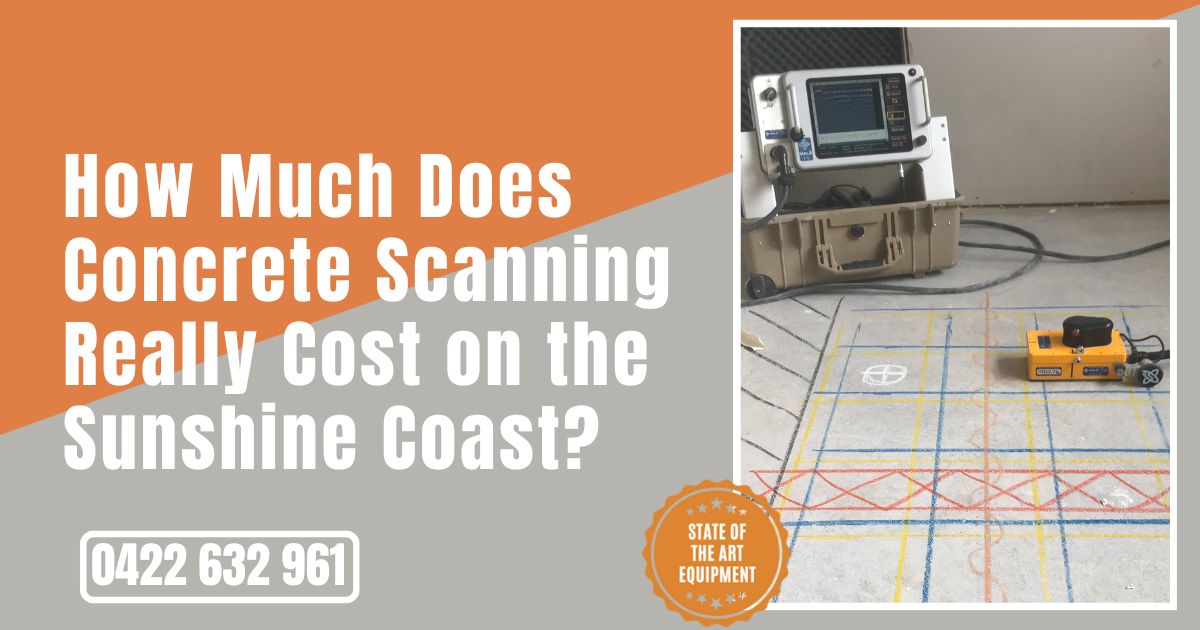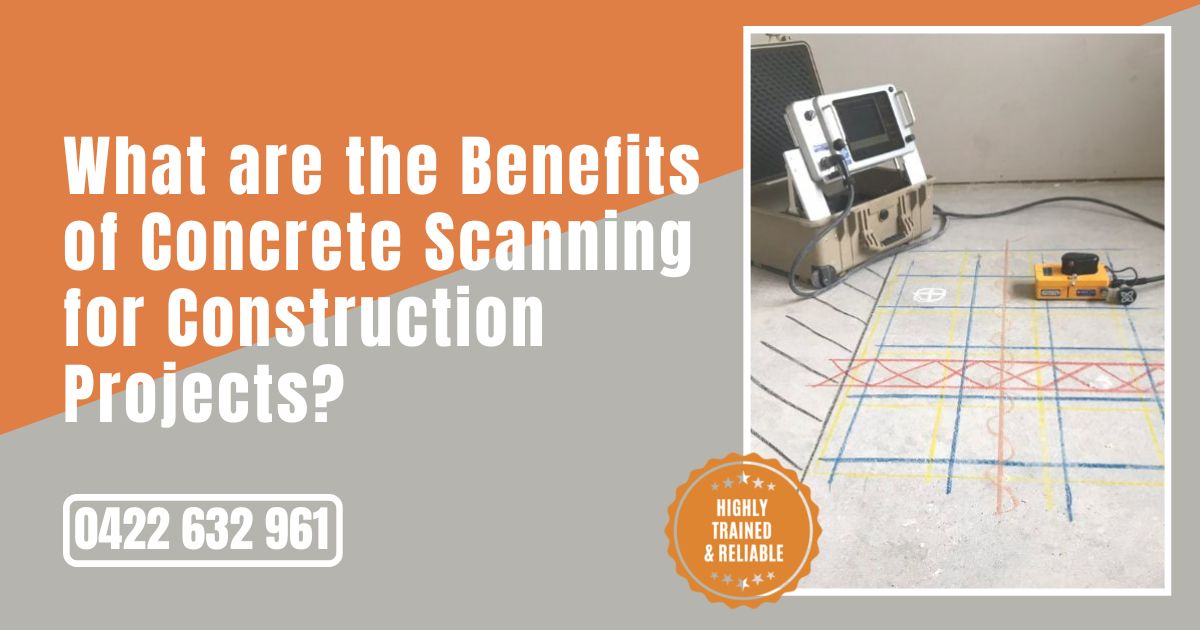Ground Penetrating Radar vs. X-Ray: The Battle of Concrete Scanning Methods

Are you planning to dig or drill into a concrete surface and need to detect any possible objects or voids hidden within it? If yes, then you need a concrete scanning service. But which method should you choose, the traditional X-ray or the modern ground-penetrating radar (GPR)? Both methods have pros and cons, and choosing the wrong one can lead to complications. In this blog post, we’ll discuss the differences between these two methods and which is best suited for your needs.
What is Ground Penetrating Radar (GPR)?
Ground Penetrating Radar (GPR) is a non-destructive testing method that uses electromagnetic waves to scan and image objects within the concrete surface. GPR works by sending a high-frequency signal into the surface of the concrete, which is then reflected when it interacts with the objects under the surface. The reflected signal is then detected and displayed on a screen, creating images of objects hidden beneath the concrete.
What is X-Ray?
X-ray scanning uses radiation to create images of objects hidden within the concrete surface. The X-ray machine emits radiation through the concrete, and the amount of radiation absorbed or scattered by the object will determine its density. The imaging is done by capturing the amount of radiation that has been absorbed or scattered by the object, creating an image of objects within the surface of the concrete.
Which method should you choose?
Both methods have pros and cons, and the best choice depends on your specific requirements. GPR is a non-destructive method capable of detecting objects at various depths within the concrete surface. It is also faster than X-rays, doesn’t emit harmful radiation, and can provide real-time results. On the other hand, X-rays can detect smaller objects, have higher image resolution, and can reveal the density of the materials beneath the concrete surface.
When should you use GPR?
GPR is best suited for scanning large concrete areas or when speed is essential. This is because GPR can provide real-time results and requires no extra downtime to process or analyse data. It is also the best option if you are concerned about emitting harmful radiation, as GPR doesn’t use radiation. GPR is also the best choice if you need to identify the location of objects like rebar, post-tension cables, electrical conduits, and pipes.
When should you use an X-ray?
X-ray is the best choice to scan a smaller area or require higher-resolution images. X-ray is also more effective if you are looking to detect smaller objects within the concrete surface. X-ray is also a better option if you are looking to detect the thickness or density of materials within the concrete surface.
Conclusion:
In conclusion, choosing between GPR and X-ray concrete scanning methods depends on your needs. While both methods have their advantages, choosing the proper method for your project is essential to avoid complications. The most crucial factor to consider when deciding which method to use is the size of the scanning area that must be covered and the type of objects you want to detect.





